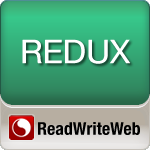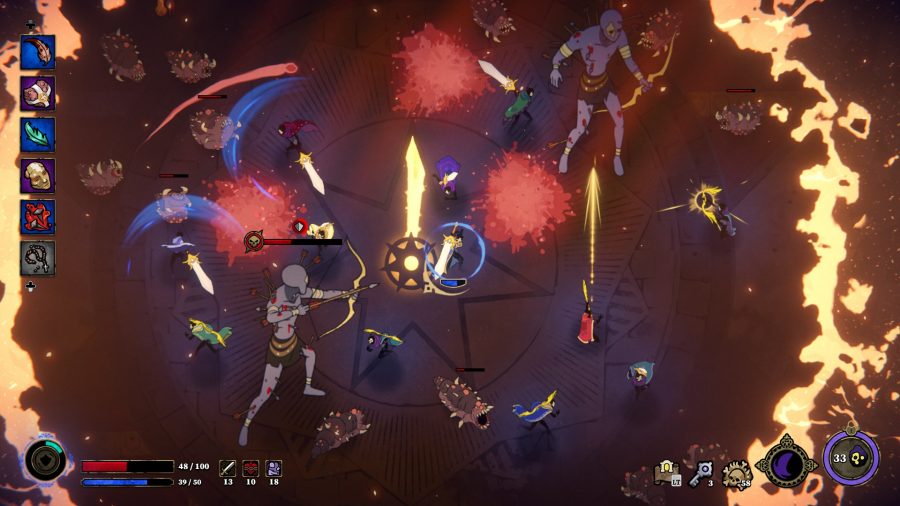In 2009, when Ray Ozzie stepped into the ring with the news that Microsoft was launching a full-on social lab, it was clear that the Enterprise 2.0 movement was moving into a new phase.

Now comes the question of what effect Microsoft will have on the way Enterprise 2.0 evolves and what roles the players that are early to the game will play in its future.

Editor’s note: This story is part of a series we call Redux, where we’ll re-publish some of our best posts of 2009. As we look back at the year – and ahead to what next year holds – we think these are the stories that deserve a second glance. It’s not just a best-of list, it’s also a collection of posts that examine the fundamental issues that continue to shape the Web. We hope you enjoy reading them again and we look forward to bringing you more Web products and trends analysis in 2010. Happy holidays from Team ReadWriteWeb!
Ozzie is Microsoft’s chief architect and one of the most respected people in tech circles. Lillian Cheng will lead the Future Social Experiences (FUSE) Labs and report to Ozzie. Cheng is a luminary in her own right, leading a number of research efforts for Microsoft, including the Vista UI.
FUSE will combine three labs: The Creative Systems Group, which has been led by Cheng, and the Rich Media Labs and Startup Labs, now commandeered by Ray Ozzie.
In an email to Microsoft employees this week, the message was pretty clear about the direction the company will take with its technology development. In essence, the tea leaves say that pretty much every product at Microsoft will include social or sharing features. FUSE will serve as a resource for the product groups. In Ozzie’s words:
Myriad scenarios involving the notion of ‘social’ have now gone far beyond communications and collaboration and are transforming experiences that are key to our customers and key to our business, in leisure & entertainment; productivity & teamwork; experiences extending how we use the OS itself.
The three groups being combined have concrete skills and code in areas where ‘social’ meets sharing; where ‘social’ meets real-time; where ‘social’ meets media; where ‘social’ meets search; where ‘social’ meets the cloud plus three screens and a world of devices.
FUSE Labs will bring more coherence and capability to those advanced development projects where they’re already actively collaborating with product groups to help them succeed with ‘leapfrog’ efforts. Working closely with (Microsoft Research) and across our divisions, the lab will prioritize efforts where its capabilities can be applied to areas where the company’s extant missions, structures, tempo or risk might otherwise cause us to miss a material threat or opportunity.
Microsoft’s apparent deep commitment will create a rising tide for the Enterprise 2.0 movement, which is already in full swing. A number of best-in-breed applications are being used by business people. Microsoft’s high-profile commitment will further fuel interest in these applications.
Part of this is just the natural order that is taking place. Corporations have historically relied on document-based systems such as Sharepoint. Web pages reflect the next extension, but they, too, are essentially a form of a document. Enterprise 2.0 is forcing a change by fitting social layers that surface information from traditional data silos. That shows no sign of slowing down. FUSE will push the effort forward in its work with the product groups. It will be a wholly different kind of approach that has its roots in IT more than in the business departments.
A Different Development Burden
Microsoft faces a different developmental burden than what faces the young best-of-breed companies that are building social applications for their business customers.These companies are building products from scratch that they can quickly change without worrying about software upgrades. Their products will continue to fill a gap for the business manager. This means that the Enterprise 2.0 movement will see a dual form of growth, both from business and IT departments.
How Will The Customer Fare?
Perhaps more interesting will be the changing dynamics for Microsoft customers. I spoke with Tim Young, CEO of Socialcast about this topic. The advantage of social technologies is their ease of use and how they fit into a line of business. Software-as-a-Service (SaaS) tools can be treated as an expense. They perform a service. Business users like that model. The applications are easy to use and affordable. They do not require an IT team to put in place.
Business users have been free to use these technologies at will. They have been pretty much ignored by the IT Department. But recently, Microsoft has been pressuring their IT contacts to upgrade to Sharepoint 2010.
People we speak to say that IT is now starting to ask business users about the social technologies they are using. IT is skeptical to some extent. They have relationships with Microsoft that are important to maintain.
But unlike in the past, business users are the early technology adopters and hold a bit of power. They have started using social technologies and are not looking back. They have crossed the chasm and are looking to employ these applications even more. The news from Microsoft just proves that the social enterprise is here to stay.
Microsoft is not in such a bad space. Companies are still heavily reliant on spreadsheets and email. Documents remain the crown jewels of the organization. Their social offering only stands to improve with FUSE now in place. Several companies, like Jive Software, are integrating their products with Sharepoint, providing an edge they previously did not have.
We expect Microsoft will play a heavy hand in how Enterprise 2.0 evolves. But the foundation has already been established to some extent without them. They have their own allies in the enterprise. Now it’s just a question of how fast the culture shifts.










